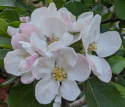What foods can you forage for?
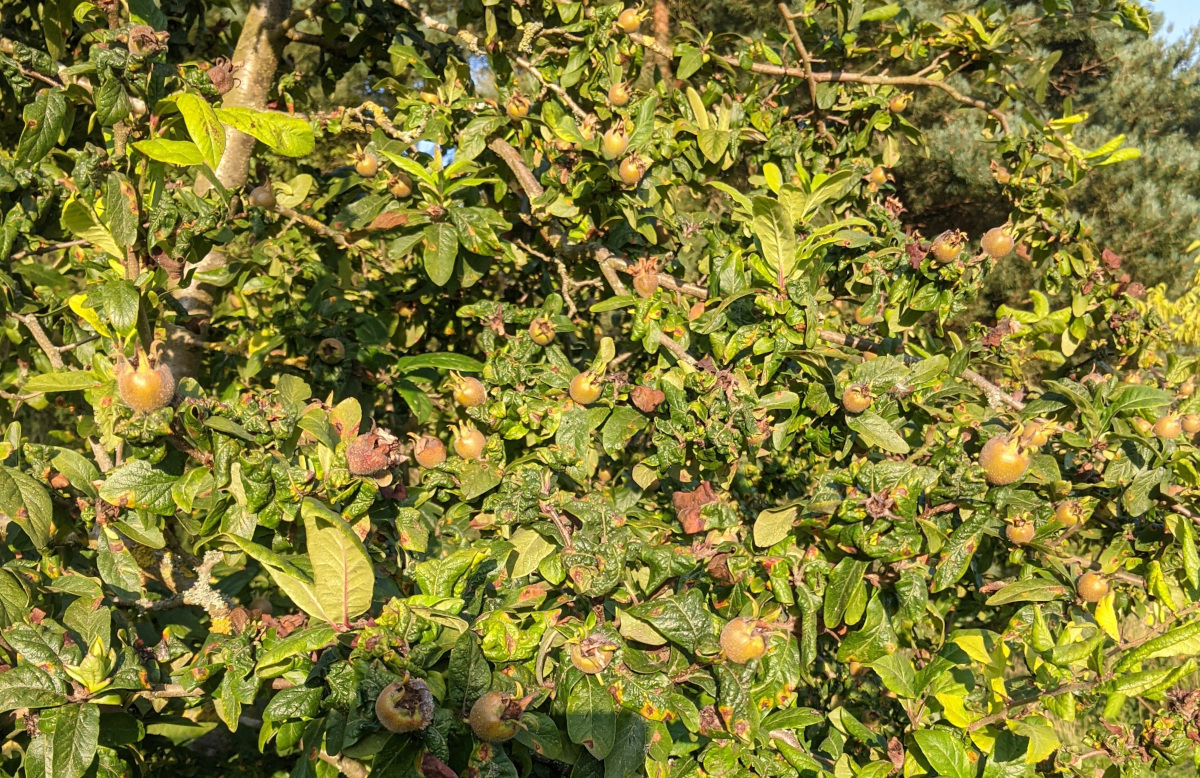
One of the big advantages of foraging for food is you can get your hands on foods that are not available in stores or that are very expensive to buy.
The foods you can forage for depend on your location and the time of year. However, here are some general ideas:
Fruits: Berries, wild strawberries, apples, pears, plums, cherries, grapes, and rose hips are all common foraged fruits.
Nuts and seeds: Acorns, hazelnuts, walnuts, hickory nuts, beechnuts, chestnuts, and pine nuts are all examples of nuts and seeds that can be foraged.
Greens: Dandelions, chickweed, purslane, lambsquarters, and nettles are all edible greens that can be foraged.
Fertiliser: Seaweed is an excellent fertiliser that can be collected after storms wash it ashore.
Mushrooms: There are many different types of edible mushrooms that can be foraged, but it is important to be sure that you can identify them correctly before eating them. Some common edible mushrooms include chanterelles, morels, oyster mushrooms, and porcini mushrooms.
Seafood and shellfish: The seashore is a bounty at the right time of year and rock pools contain many delicacies.
Roots and tubers: Wild carrots, parsnips, burdock root, and sunchokes are all examples of roots and tubers that can be foraged.
Decorations and flowers: Every year I make Christmas wreaths from foraged foliage.
Below: Foraging doesn't have to be always about food, this is one of the wreaths I make as decorations in the holiday season from foraged goods.
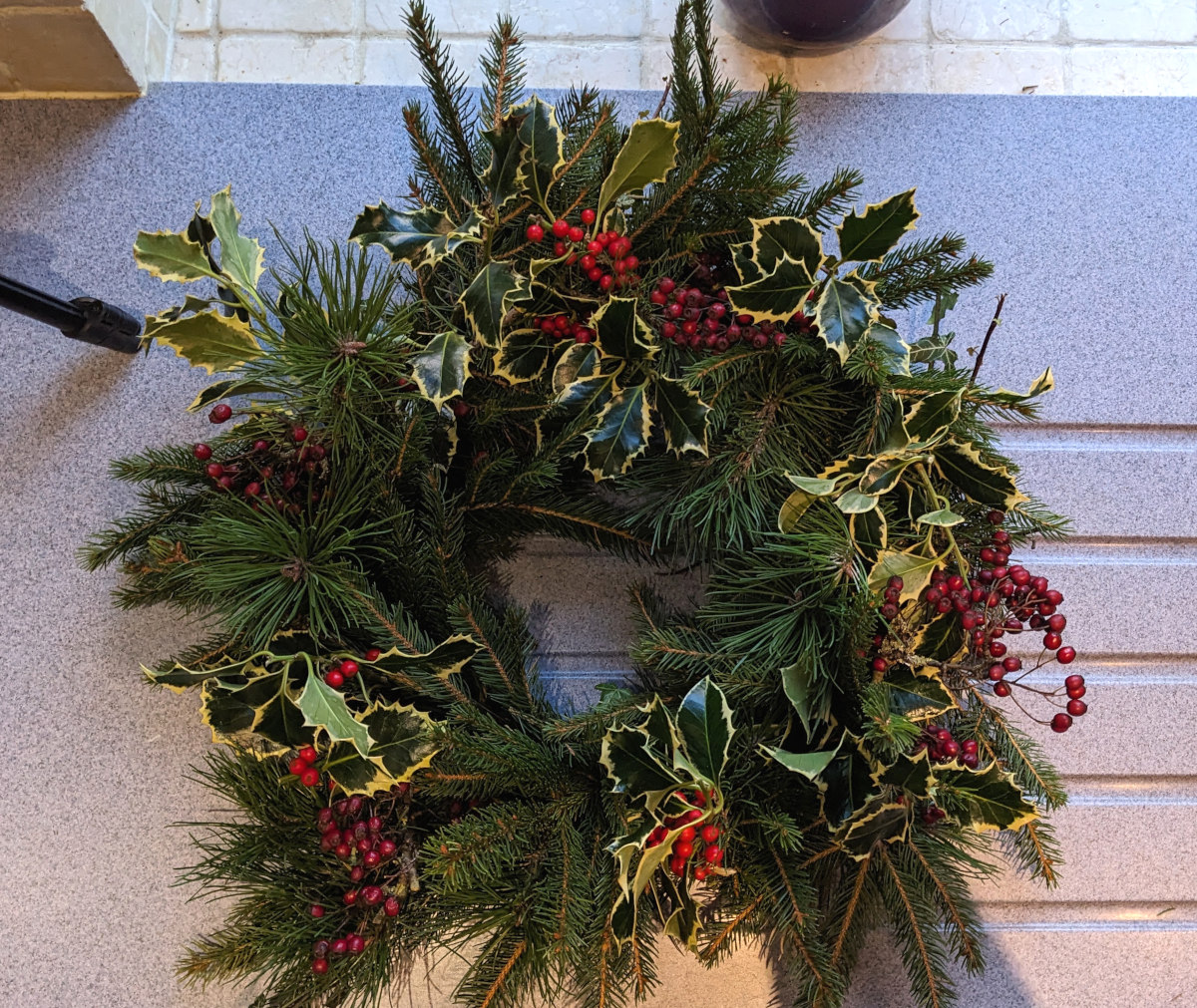
With a little knowledge of your area and some practice, you can learn to find and enjoy a wide variety of wild edibles.
It is important to remember that foraging should always be done responsibly. Be sure to only take what you need, and never take anything from a protected area.
It is also important to be aware of the risks of food poisoning from eating wild plants or mushrooms. If you are not sure about something, it is always best to err on the side of caution and leave it alone.
My favourite foods to forage for:
- Bilberries or wild blueberries,
- Sloe berries or blackthorn,
- Hazel nuts,
- Blackberries
- Apples and crab apples,
- Seaweed and shellfish,
- Plums, damsons and Gage,
- Wild garlic,
- Some mushrooms.
I do need to confess that I inoculated a dead oak tree in the countryside with shiitake and oyster mushrooms so I can harvest on a regular basis.
Below: Washing my haul of red apples from some farmland near me last Fall. I made hard cider from them.
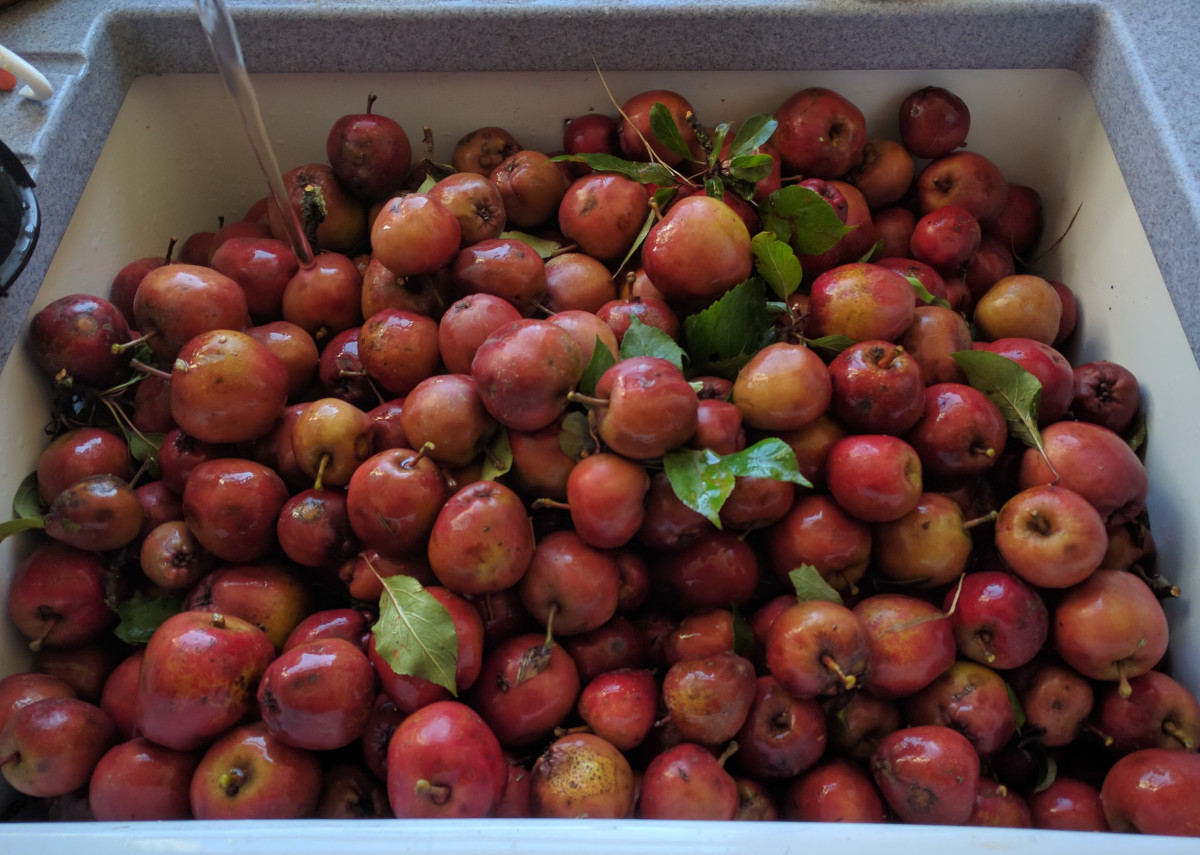
Here is a table of some of the most common foods people forage for, along with the best time of year to go foraging for them:
| Food | Best time to forage |
|---|---|
| Berries | Late summer to early fall |
| Mushrooms | Fall |
| Nuts | Late summer to early fall |
| Wild greens | Spring to fall |
| Marsh Samphire | July to August |
| Wild garlic | Spring and early summer |
| Winkles | All year |
| Mussels and oysters | Any month with an "r" in. |
| Wild onions | Spring and early summer |
| Wild asparagus | Spring |
| Wild herbs | Spring and summer |
| Cockles | All year |
| Wild fruits | Late summer to early fall |
| Edible flowers | Spring and summer |
| Seaweed | Any time of year, depending on variety |
Please keep in mind that the best time to forage can vary depending on your location and the specific type of food you're looking for, so it's always a good idea to do some research before heading out.
Below: If, like me, you are partial to damson or sloe gin then you will need to forage as these fruits are not grown commercially.
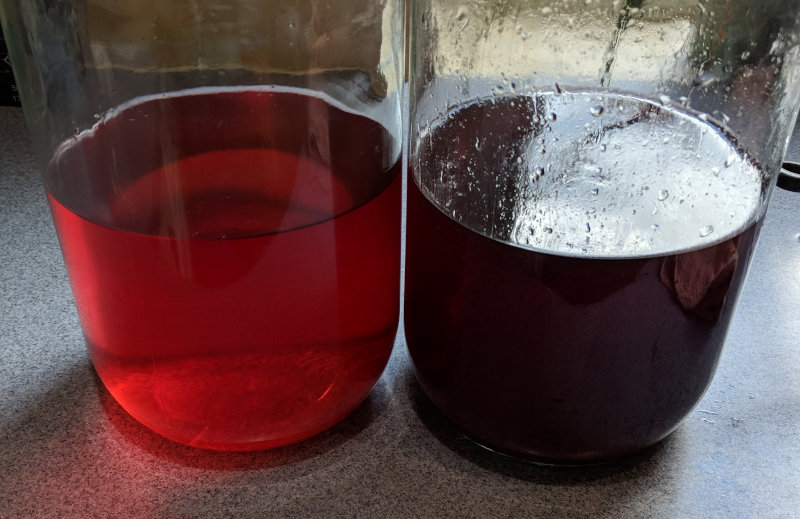
Also, make sure to only pick plants and mushrooms that you can positively identify as safe to eat, and avoid foraging in areas that may be contaminated with pollutants or pesticides.
